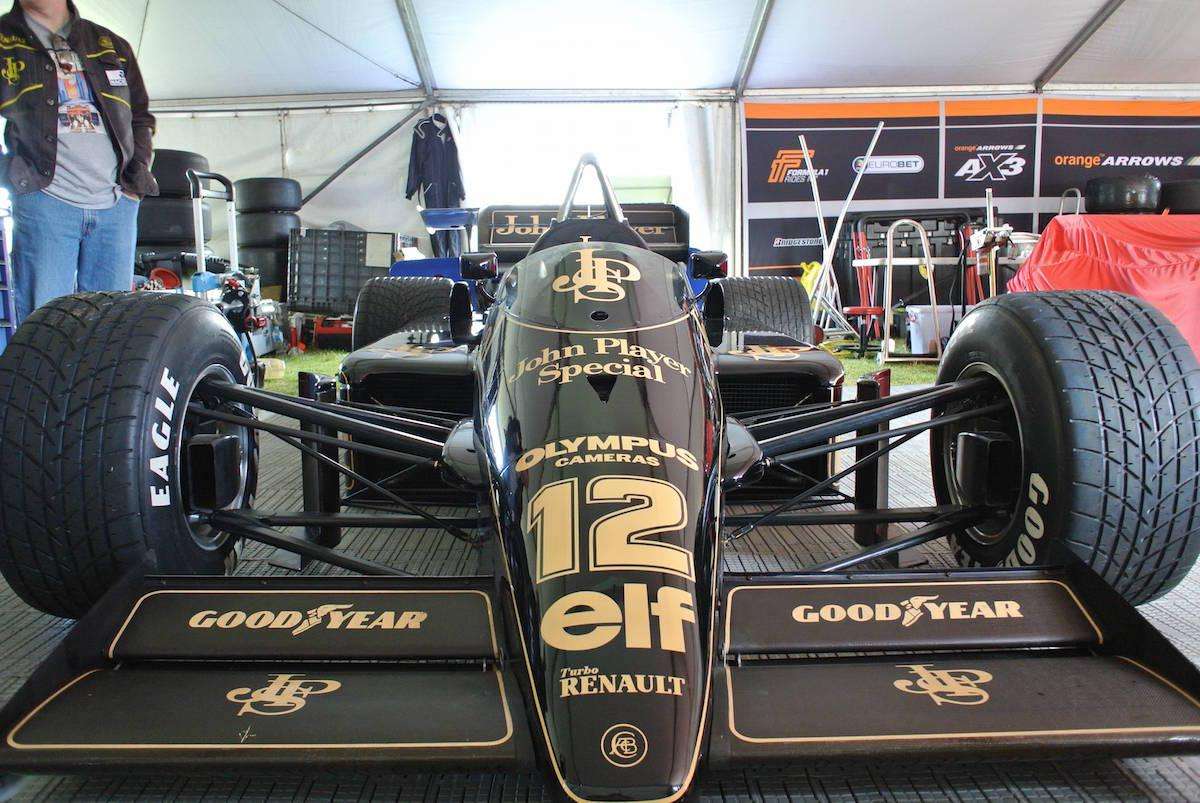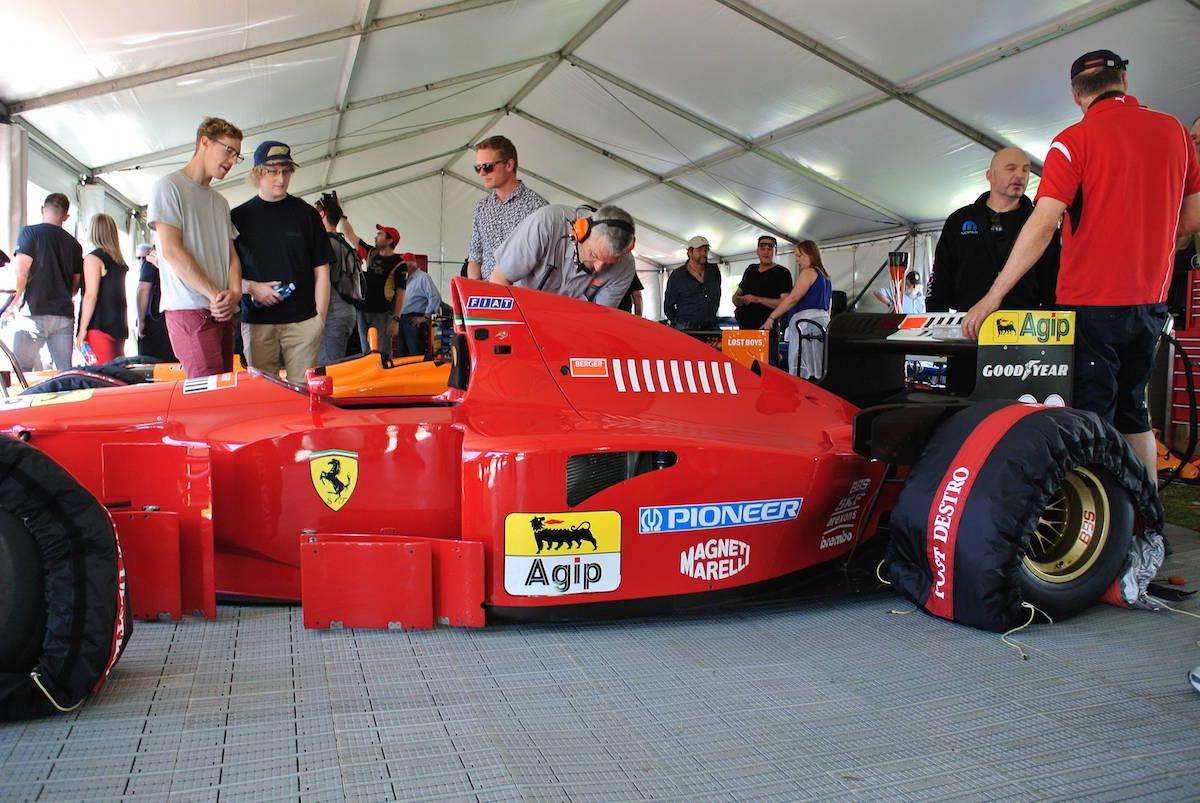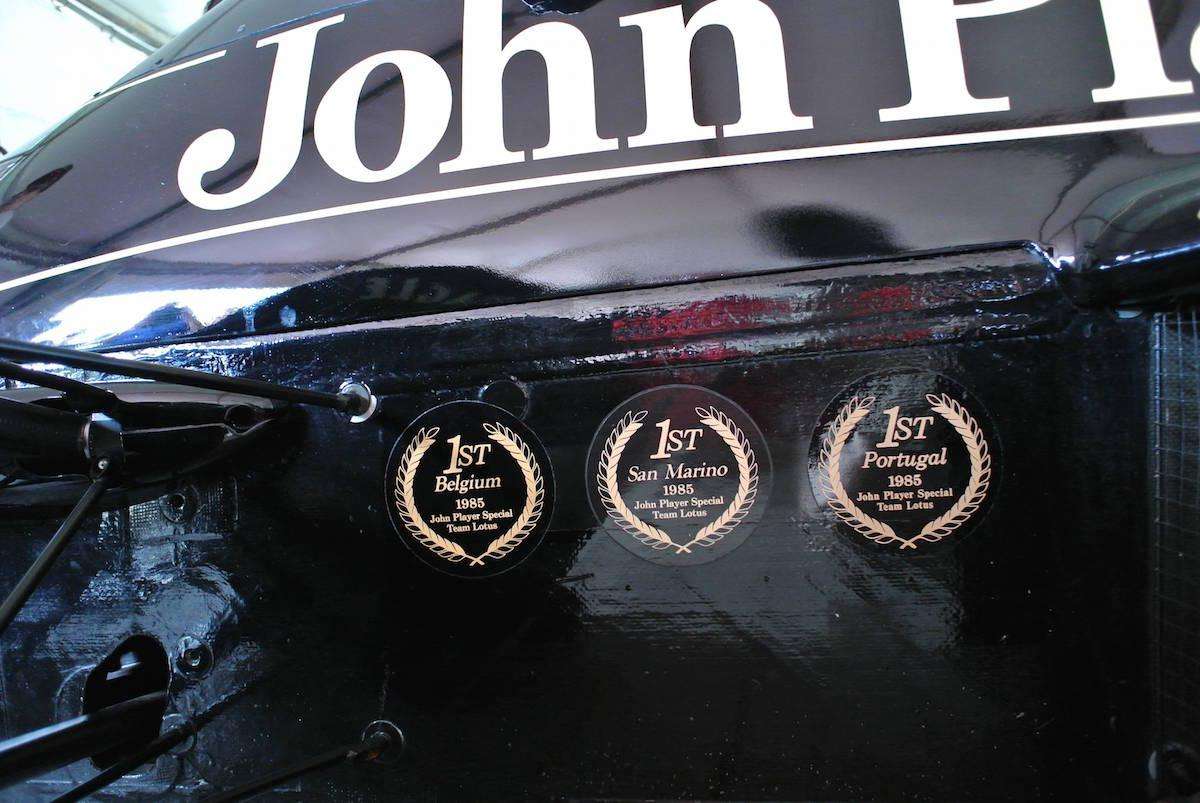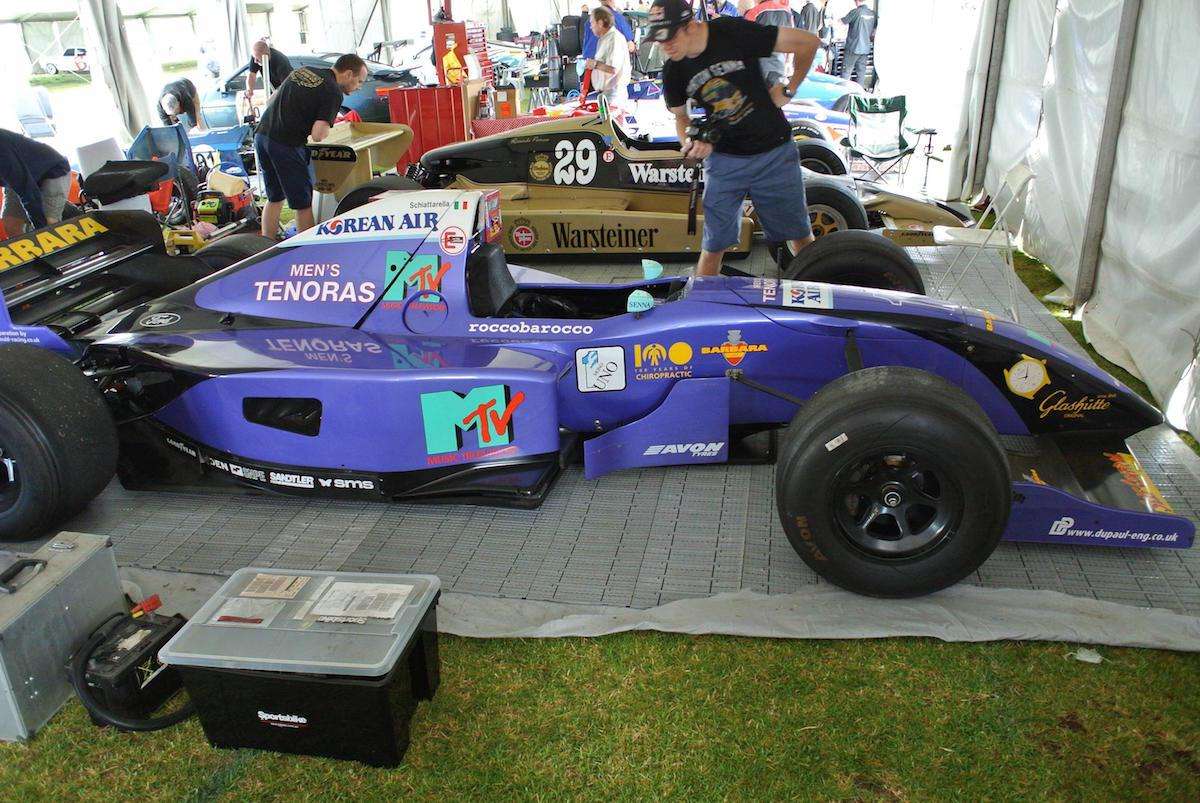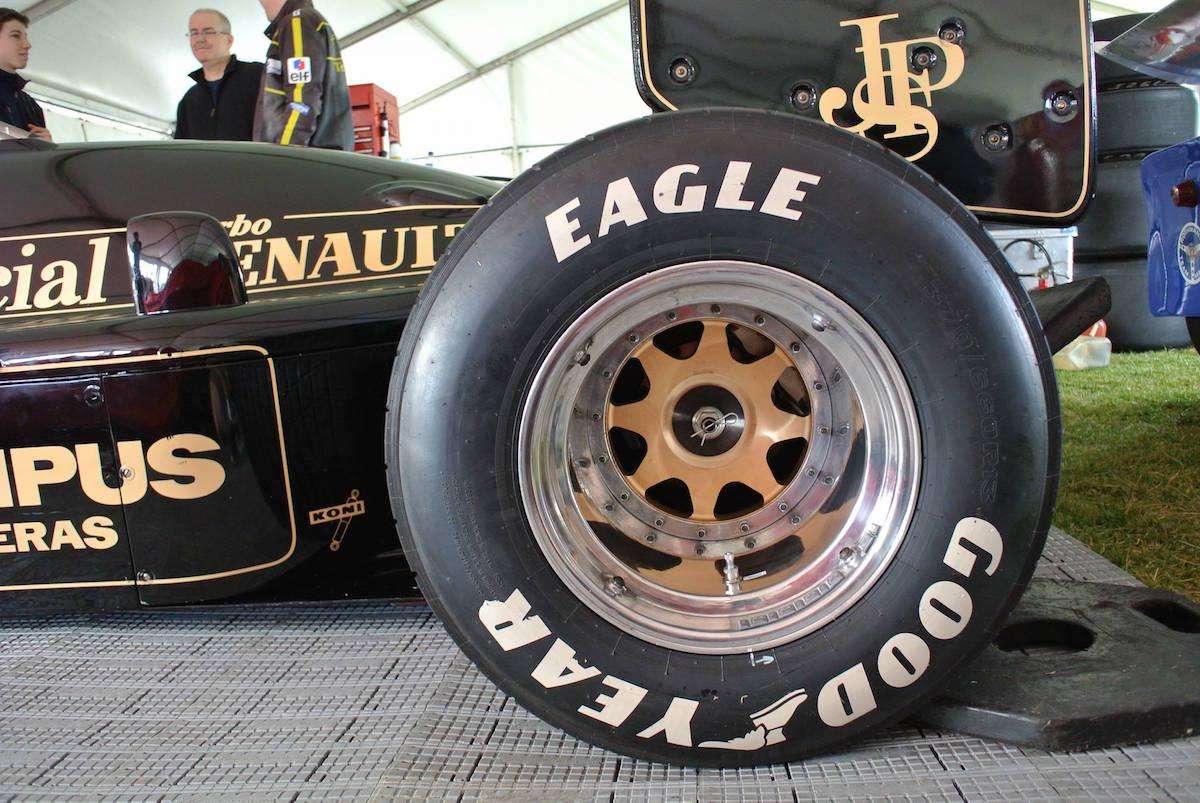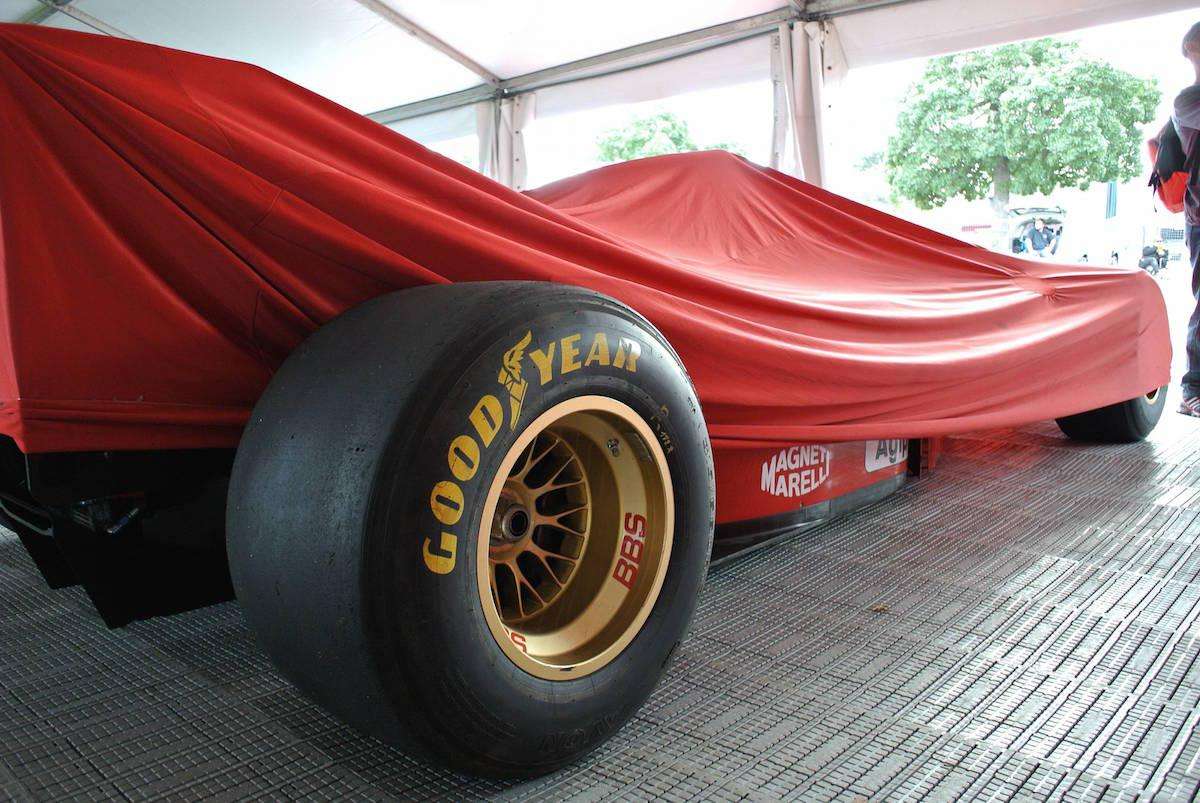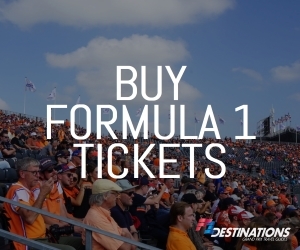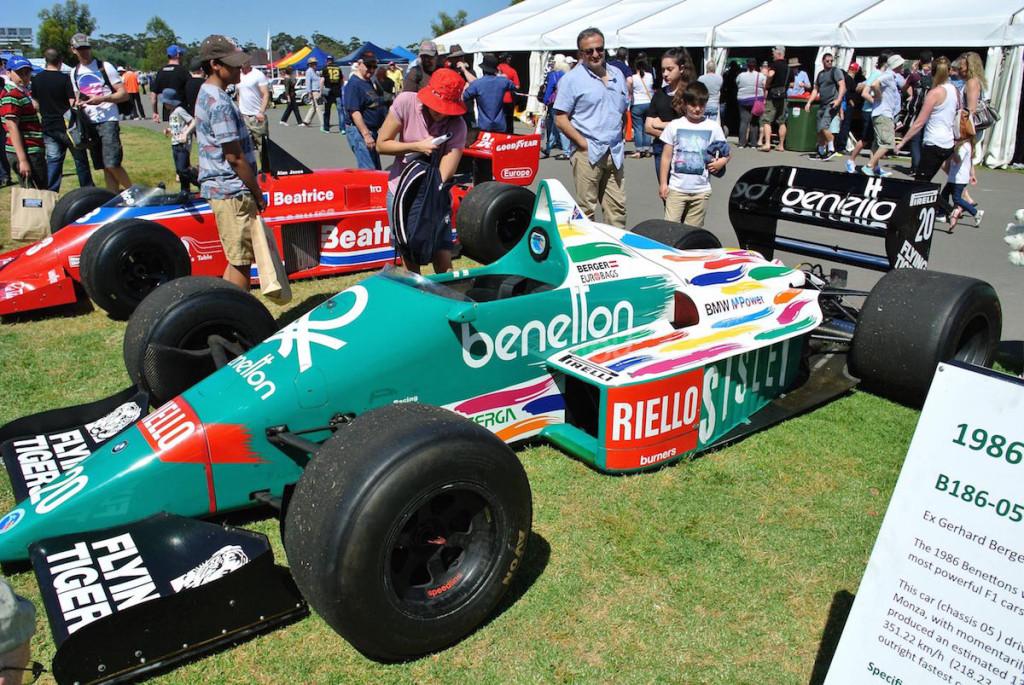
The Adelaide Motorsport Festival, which combines the Classic Adelaide Rally and the Victoria Park Sprint, is a museum-in-motion motorsport event inspired by Goodwood’s Festival of Speed. Last weekend, the second edition of the festival was held in the city’s parklands, drawing a crowd of 20,000 fans.
Adelaide motorsport fans have been starved of action since the city lost its place on the F1 calendar to Melbourne 20 years ago. The annual Clipsal 500 has gone someway to plugging the gap, but for many, the ‘tintops’ will never hold a candle to the F1 machinery that lit up the streets of the ‘city of churches’ from 1985-95. The Adelaide Motorsport Festival gives older fans a chance to relive what is widely considered a golden age for the sport. It’s also an opportunity for a new generation of fans to see some of the most iconic cars of that period in action on part of the iconic street circuit.
This year’s festival featured a selection of important cars from the Adelaide years. These included two Lotuses driven by Ayrton Senna and several Ferraris, notably Gerhard Berger’s F187, which won the Australian Grand Prix in 1987. Also present was a BMW-powered Benetton from 1986, one the most powerful F1 cars of all time, which was capable of generating 1500bhp from its 1.5 litre turbo engine in qualifying trim.
Local fans were also reminded of Alan Jones’s last, unsuccessful foray into F1. Jones returned after a hiatus in 1985 to pilot a Beatrice Lola run by the American Haas team. He retired on lap 20 of the inaugural Australian Grand Prix and 30 years later, the same car returned to the streets of Adelaide. Not all the cars took to the track however; some were only on static display, whilst mechanical gremlins struck others, notably Ayrton Senna’s 1985 JPS Lotus Renault, which claimed pole position in the inaugural Australian Grand Prix back in 1985, but failed to complete a single lap in 2015.
Aside from F1, there was a host of other cars on track and on display, including historic touring cars, Formula Holden open wheelers, Japanese performance cars, the Ferrari Club Adelaide Challenge, Supercar Sprint and more. Off-track activities included the opportunity to get up close with all the cars on display, plus scalextric and remote control car racing.
The festival benefits from a convenient city-centre location, next to public transport and within walking distance of the city centre. General Admission tickets were reasonably priced at $25 for the Victoria Park sprint on both Saturday and Sunday, or $40 for both days (entrance for children under 14 was free). There was plenty of vantage points to check the cars out on the track, with a choice of raised seating areas, grandstand seating, or getting right up close next to the fence at the hairpin and on Wakefield Street.
Contemporary Formula 1 is well established in Melbourne and Adelaide’s chances of winning back the Australian Grand Prix in the near future are slim to none. But Adelaide does have a new festival that reminds everyone how well South Australia does motorsport. Although in its infancy, the Adelaide Motorsport Festival is on the road to becoming one of the most important motor sport events in the southern hemisphere.

